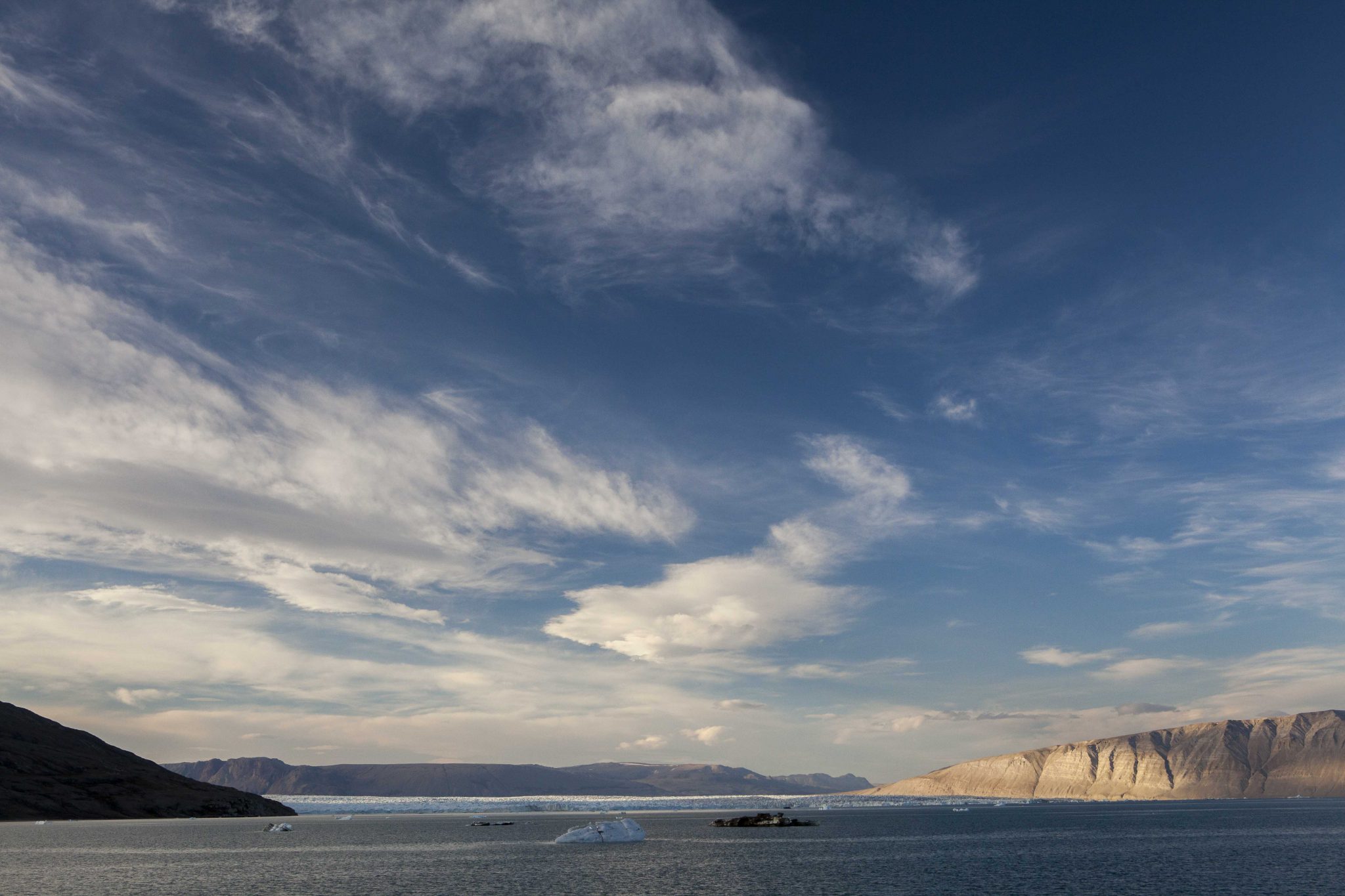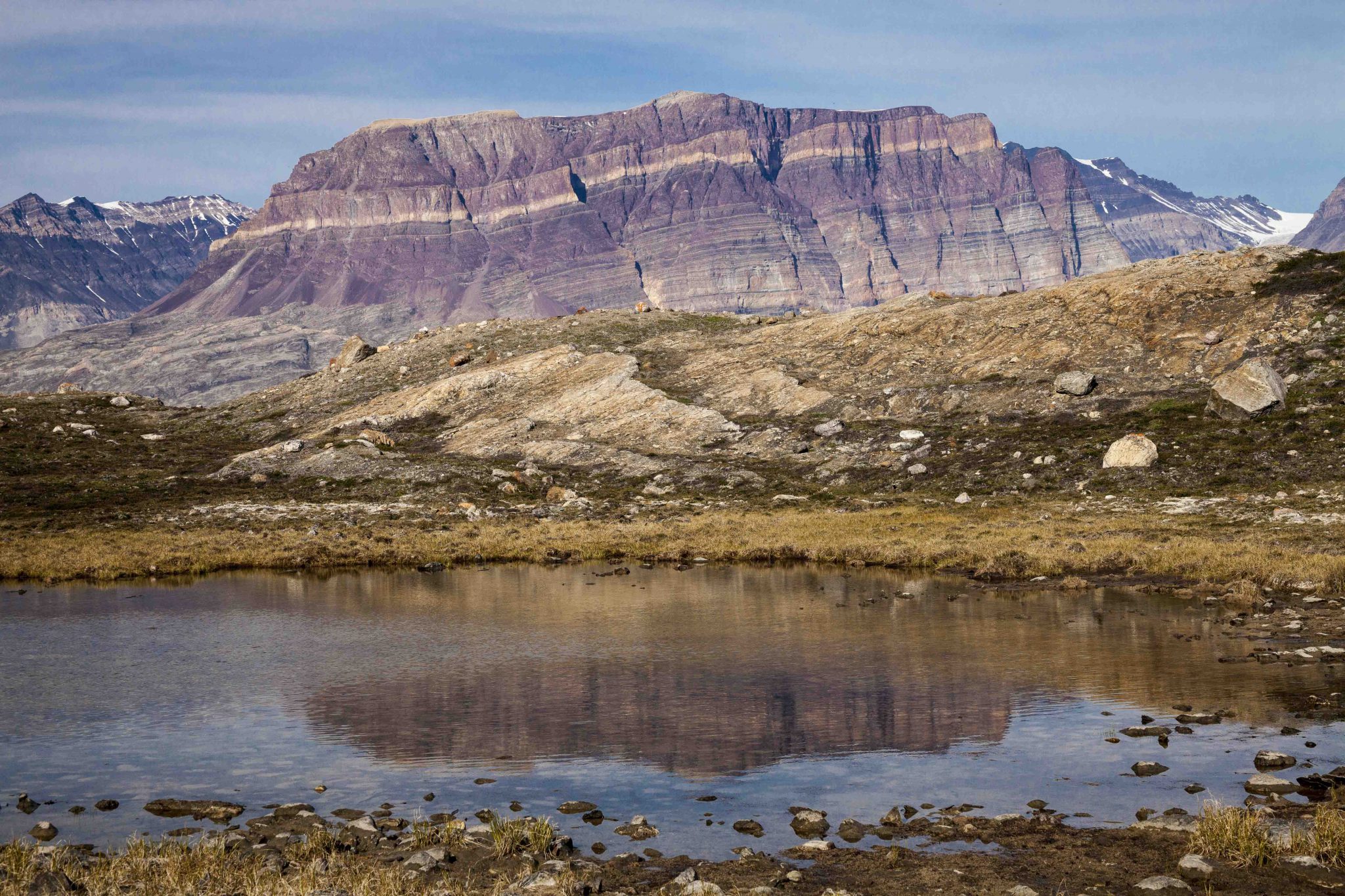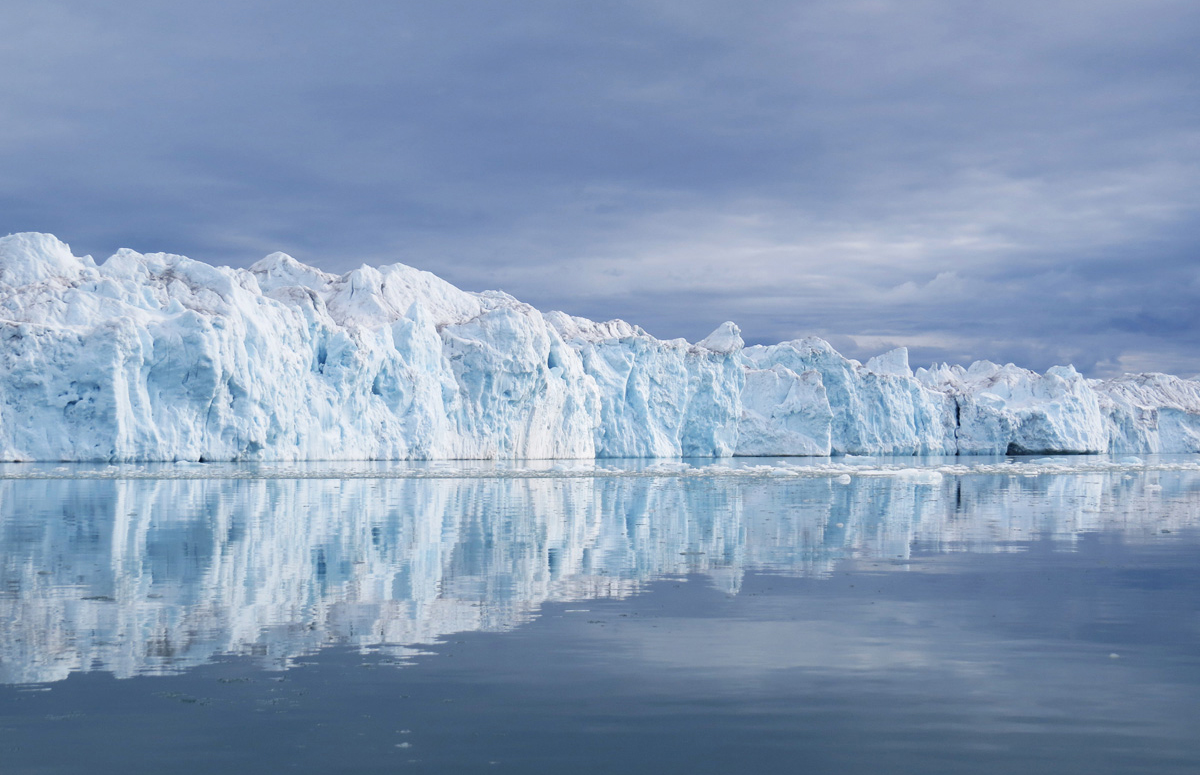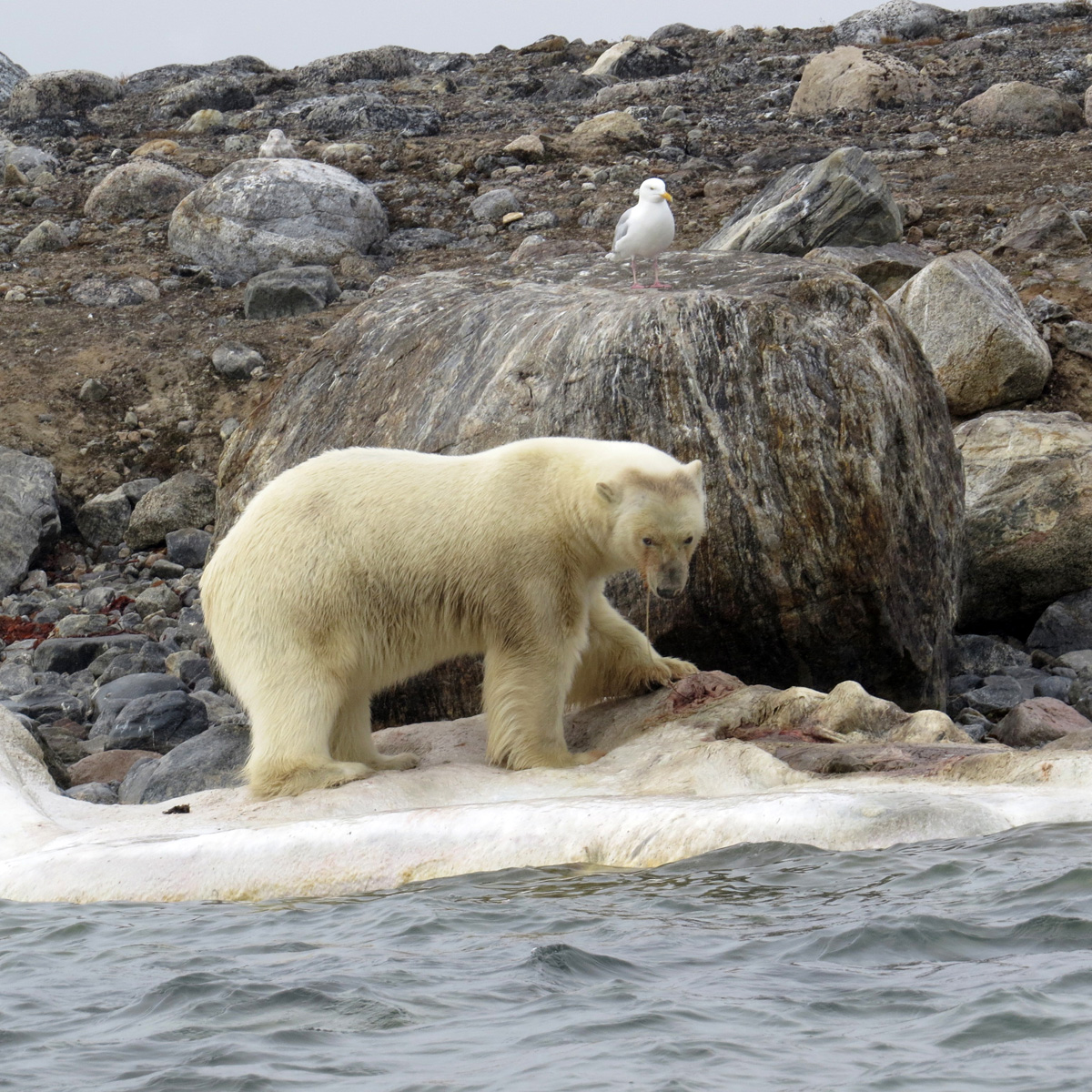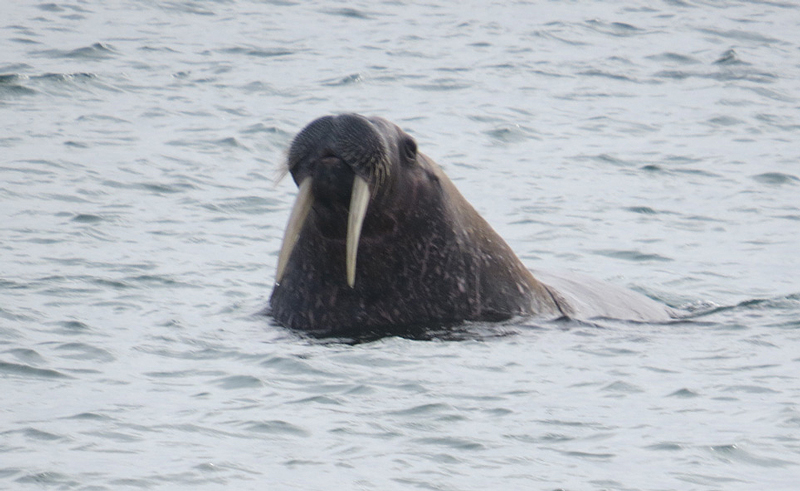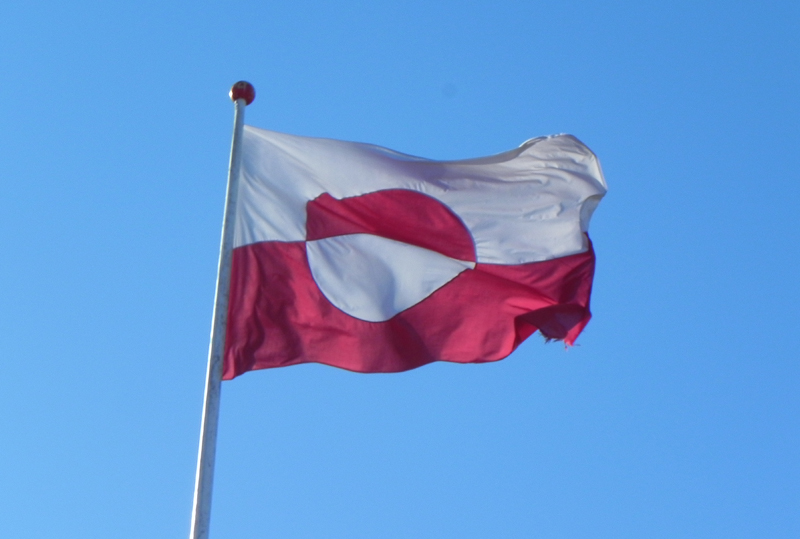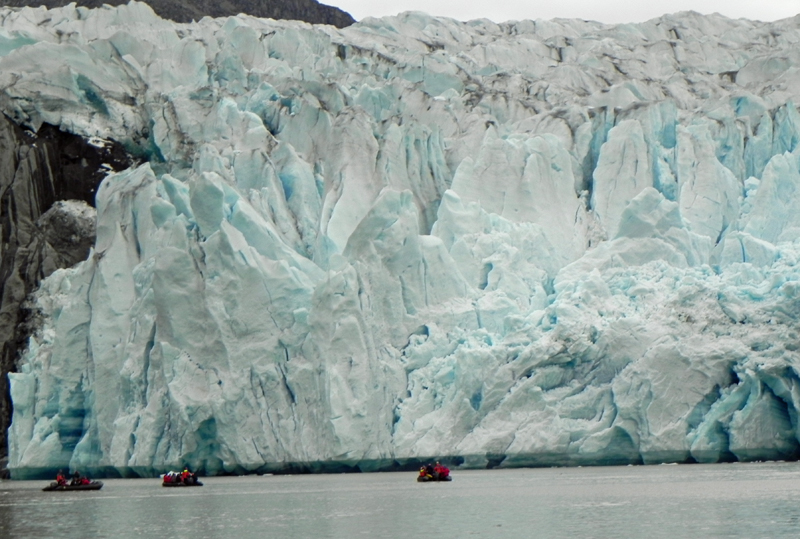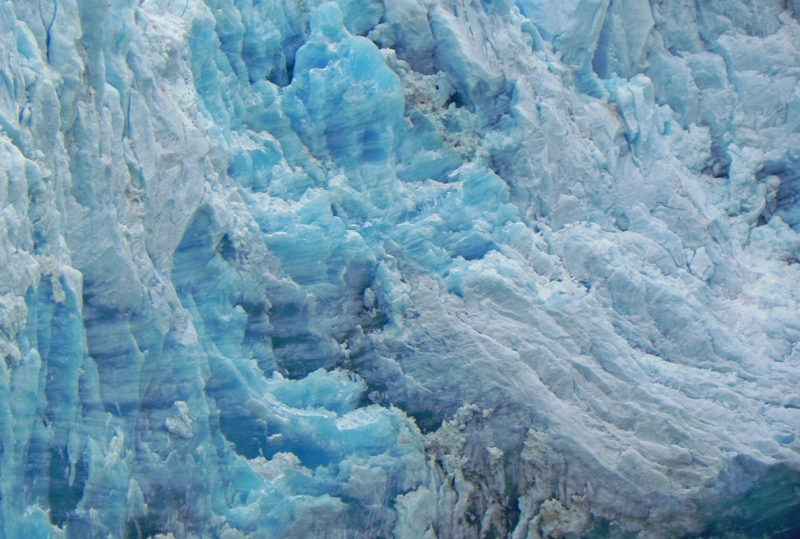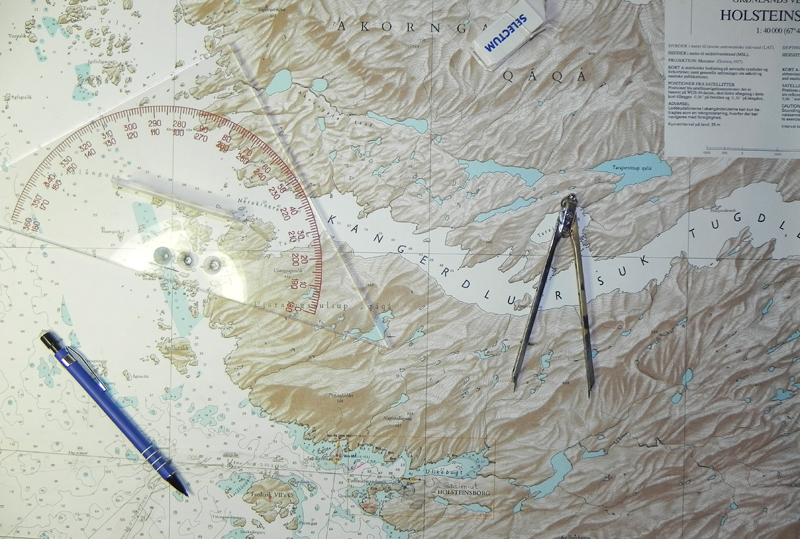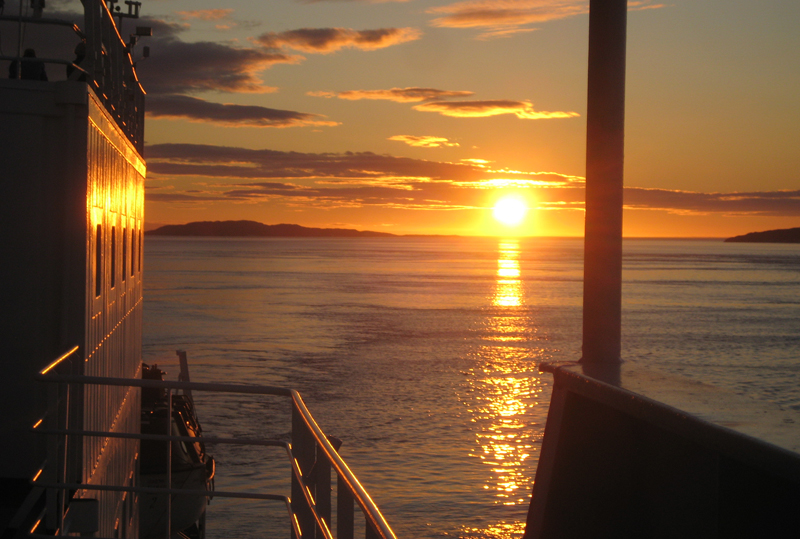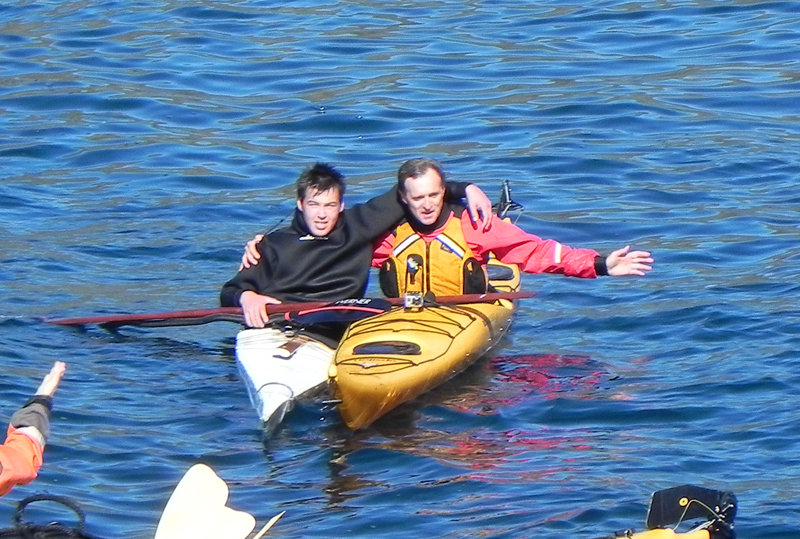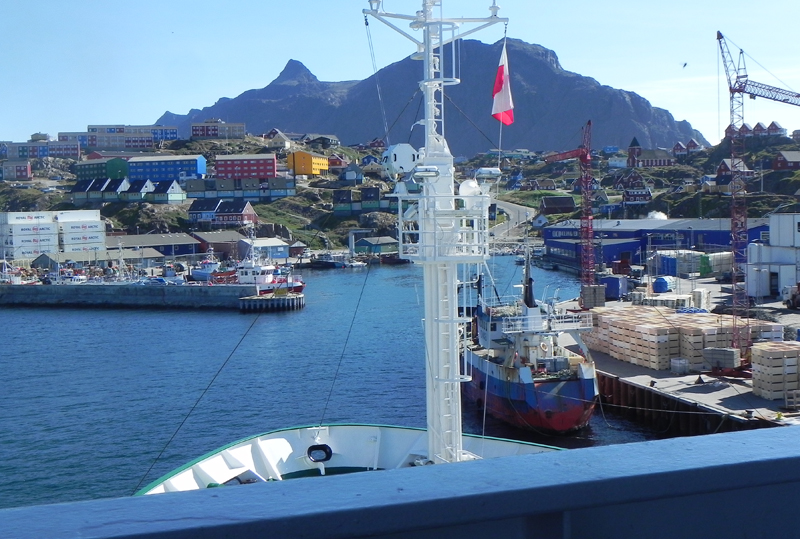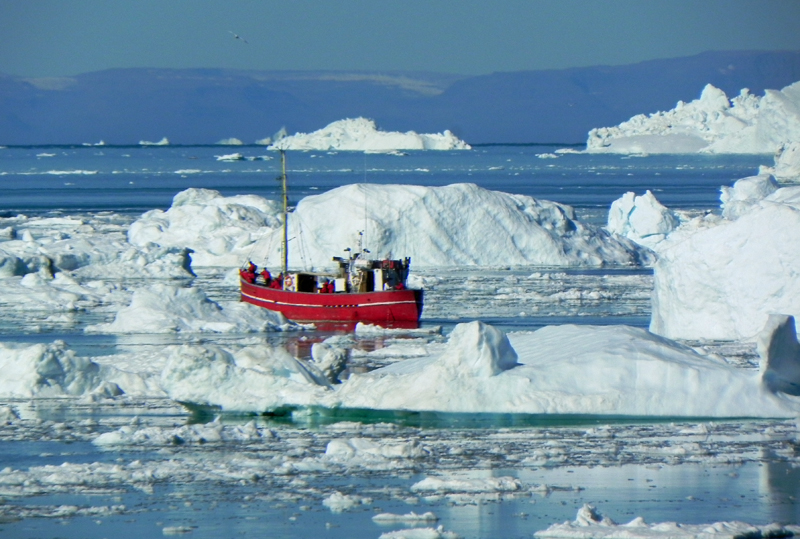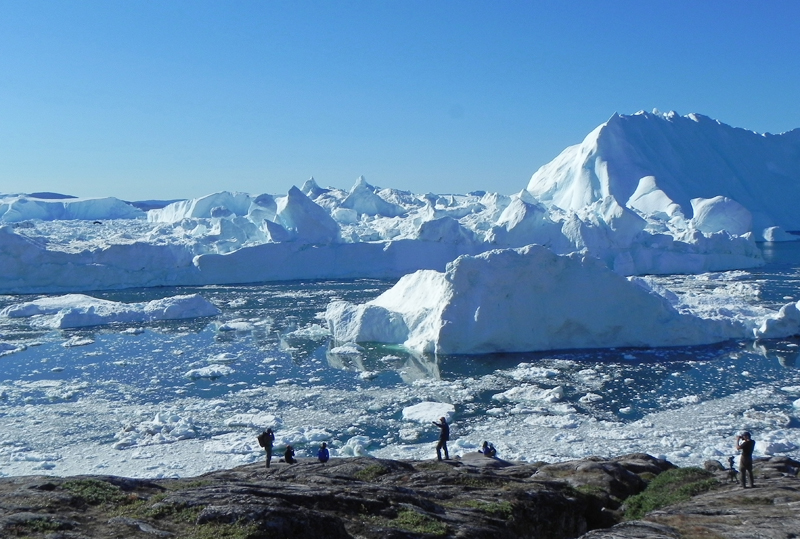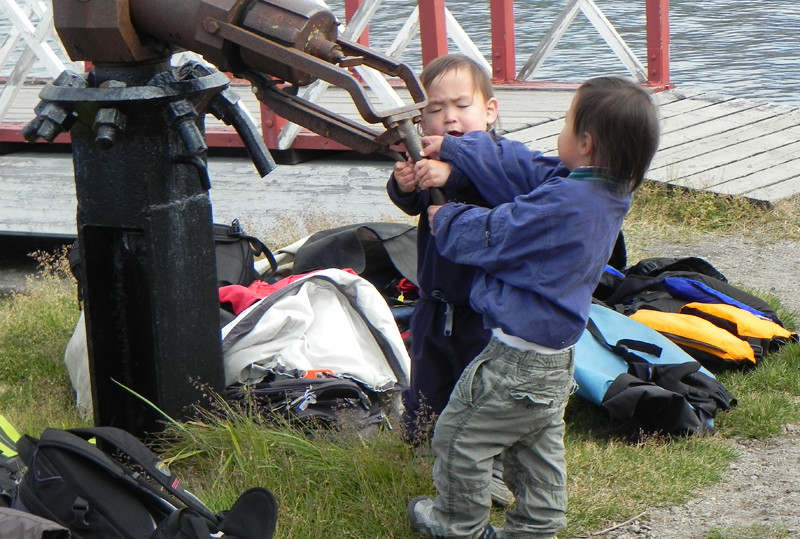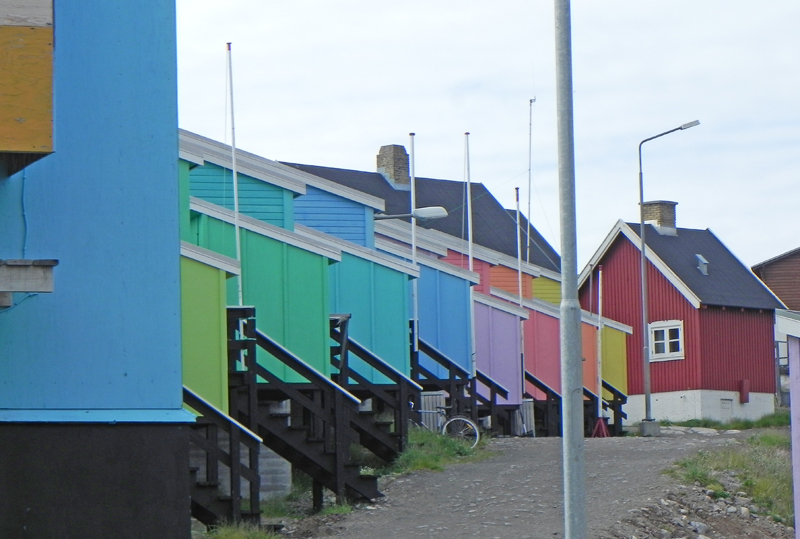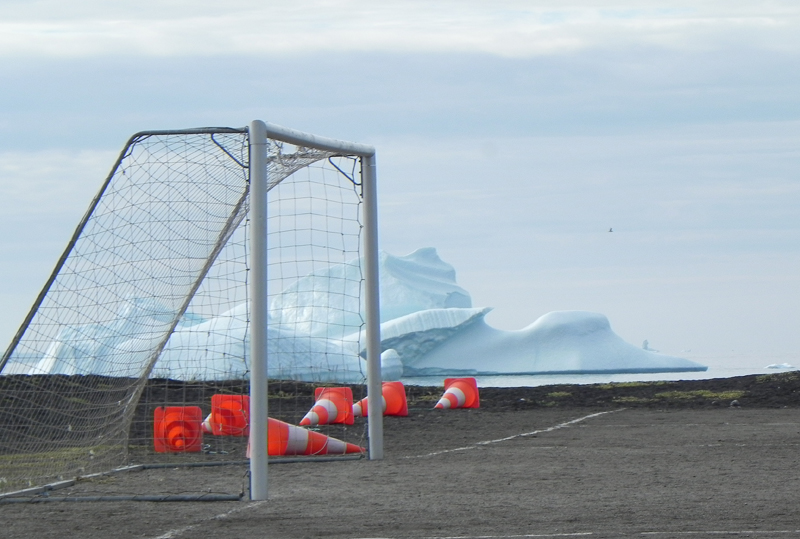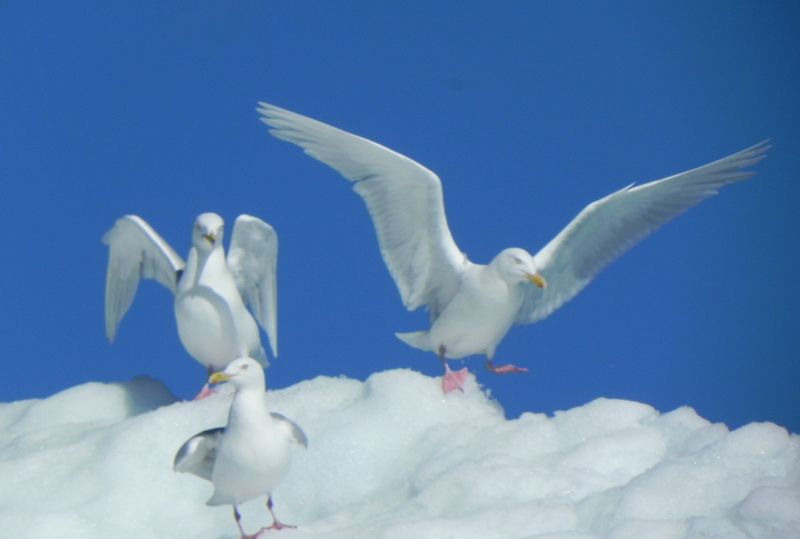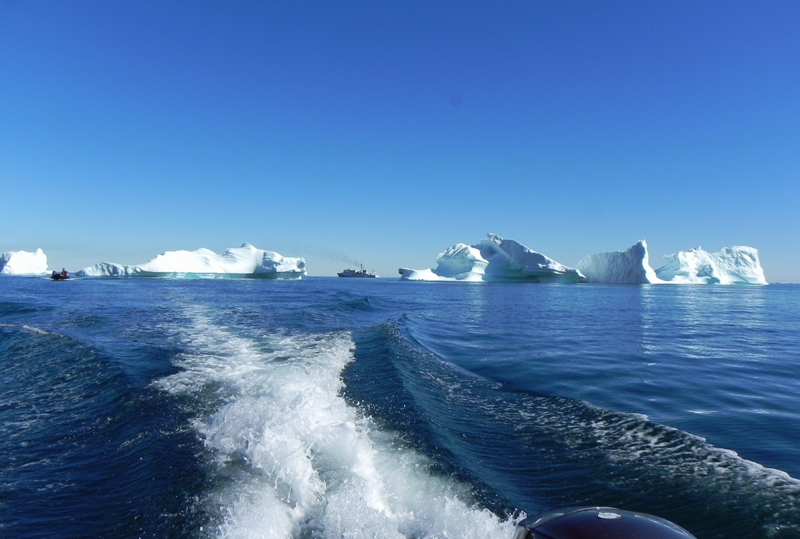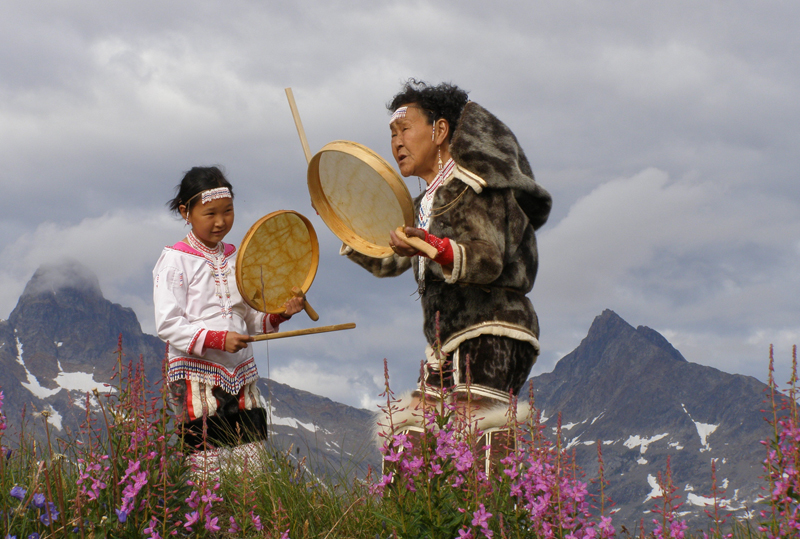 A huge welcome to professional wildlife and landscape photographer, Dave Wilson of Northwinds Photography (www.northwindsphotos.com). Dave specialises in US National Parks, Botswana, and the polar regions. Here are some of Dave’s fascinating images and thoughts about NorthEast Greenland after a recent trip to the area.
A huge welcome to professional wildlife and landscape photographer, Dave Wilson of Northwinds Photography (www.northwindsphotos.com). Dave specialises in US National Parks, Botswana, and the polar regions. Here are some of Dave’s fascinating images and thoughts about NorthEast Greenland after a recent trip to the area.
Northeast Greenland National Park, covering almost one million square kilometres is the world’s largest National Park. Due to the relative inaccessibility and vast size, however, this is not a National Park in the normally accepted sense. Travelling there involves either significant advance planning or, more normally, joining one of the ship-based expeditions that visit the more accessible areas at the southern end of the Park: Kejser Franz Joseph and Kong Oscar Fjords, along with the neighbouring Scoresby Sund.
What awaits the visitor, however, is an area of amazing beauty: enormous icebergs; other-worldly geological features; and an overall sense of the wonders of natural wilderness with little to no signs of human intervention.
When To Go
The northerly location (between 71ºN and 75ºN) restricts most trips to the summer months, with the majority of vessels reaching the park between July and early September. This does mean extremely long days. The sun doesn’t set until the end of July / early August (depending on how far north you are) and you can still expect 16 hours of daylight at the end of August in the southern end of the region. Even then, don’t expect warm weather – highs in the single digit Celsius are about as good as it gets – so pack with plenty of layers, not forgetting head and hand coverings. When the wind picks up (especially when on deck of a ship), the effective temperature can get to well below freezing.
Highlight Areas
Your itinerary will be determined by the guides on the ship and impacted by sea-ice and weather conditions, so planning on visiting specific areas is something you should expect to be flexible about. The more time your ship has put aside for the area, the better, as there are amazing sights around every corner. The sheer scale of the three fjords is difficult to appreciate until it is experienced. Relocating from one landing site to another can often mean 30-40 km of cruising. Here are eight highlight areas you may encounter.
Walterhausen Glacier, Kejser Franz Joseph Fjord
If you want to get a quick object lesson in the size of the landscape and its features in this part of the world, Walterhausen Glacier is a good place to start. The calving glacier has a 10km wide front with the face often reaching up to 50m high. A cruise along the front of the glacier brings home its vast size that can still be appreciated from a distance of some 6 nautical miles.
Blomsterbugt / Ymer Island / Teufelschloss
Spectacular scenery abounds in this area, dominated by the sheer polychromatic cliffs of the Teufelschloss (the Devil’s Castle) which rises 1370m above sea level.
It is also a good place to see some of the local wildlife, being a frequent hang-out area for Musk Oxen.
Kjerulf Fjord & Nordenskjold Glacier
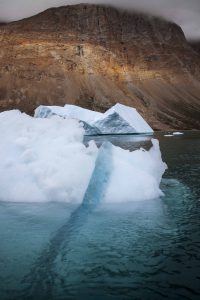 Rarely visited, Kjerulf Fjord offers a refuge for icebergs that have calved from the Nordenskjold Glacier. Being quite sheltered, this provides an excellent opportunity for a Zodiac cruise among the icebergs, giving a magnificent close-up perspective of these beautiful structures.
Rarely visited, Kjerulf Fjord offers a refuge for icebergs that have calved from the Nordenskjold Glacier. Being quite sheltered, this provides an excellent opportunity for a Zodiac cruise among the icebergs, giving a magnificent close-up perspective of these beautiful structures.
The contrast between the icebergs and the metamorphic rocks of the surrounding cliffs is particularly striking.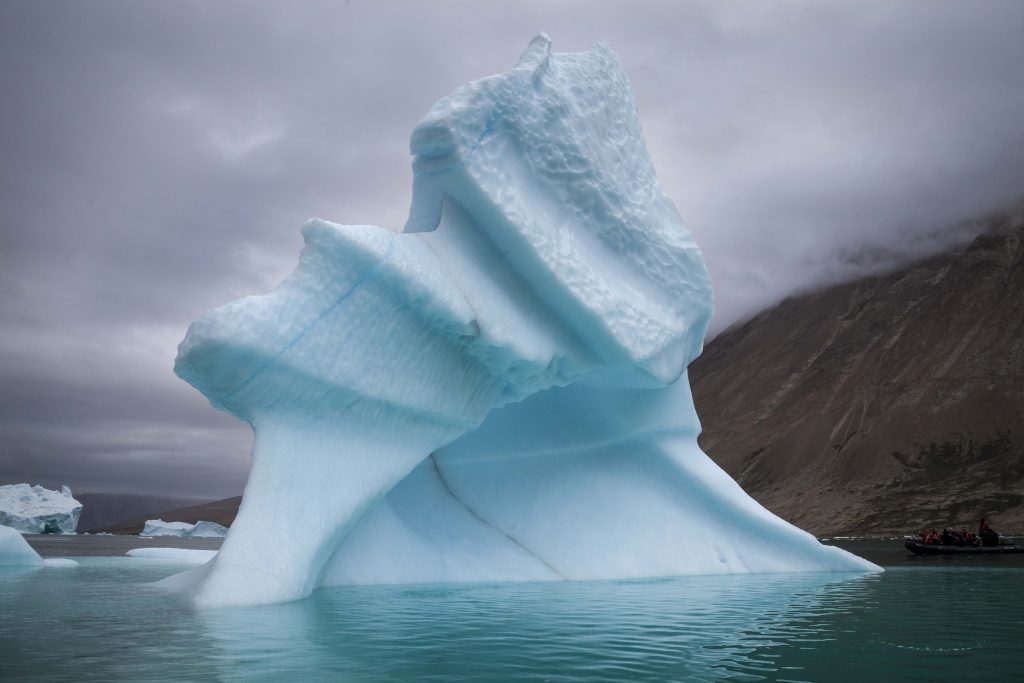
Maria & Ella Islands
 These islands form a small archipelago at the intersection of the Antarctic Sound, Kempe Fjord and Kong Oscar Fjord. Visible on Maria Island are the remains of German fuel drums from WWII as well as building materials from the various geological camps that have been situated in the area.
These islands form a small archipelago at the intersection of the Antarctic Sound, Kempe Fjord and Kong Oscar Fjord. Visible on Maria Island are the remains of German fuel drums from WWII as well as building materials from the various geological camps that have been situated in the area.
Ella Island is home base to the Danish Army’s Sirius Patrol whose responsibility it is to patrol the east coast of Greenland throughout the year. Despite the remoteness of the location, this is an extremely prestigious and sought-after assignment. The area is ideal for hiking and is particularly noteworthy for its striking geological formations.
Alpefjord
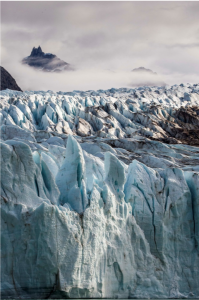 The fjord is so-named because it forms the western boundary of the Stauning Alps, a 40x40km cluster of some of the highest mountains in East Greenland. It is home to the combined fronts of the Gully and Selfstrom glaciers.
The fjord is so-named because it forms the western boundary of the Stauning Alps, a 40x40km cluster of some of the highest mountains in East Greenland. It is home to the combined fronts of the Gully and Selfstrom glaciers.
Also in the fjord is the Dammen, a lake that had risen 60m above sea level caused by the glaciers running into the opposing cliffs. In the last few hundred years, this glacial dam was breached leaving a gap between the glacial tongue and the cliffs. Beyond this gap (which allows ships to pass along the entire front of the combined glaciers) lies further glaciers, icebergs, brash ice, and stunning cliffs.
Segelsallskapet Fjord
The spectacular mountains in the fjord provide good examples of folded and faulted sedimentary rock layers amongst the Eleonore Bay formations. The landing site provides miniature versions of those layers that look like striped candy. This is a truly unbelievable landing site that will pique your interest in geology like nowhere else, and certainly provide the photographers a plethora of subject matter.
Vikingebugt / Bredegletscher Glacier
Even compared to the last location, Vikingebugt won’t disappoint your new-found interest in geology. An intrusion of volcanic material 60 million years ago left an pile of basalt up to 10km thick. As it cooled and contracted, the basalt formed into almost perfect hexagonal structures.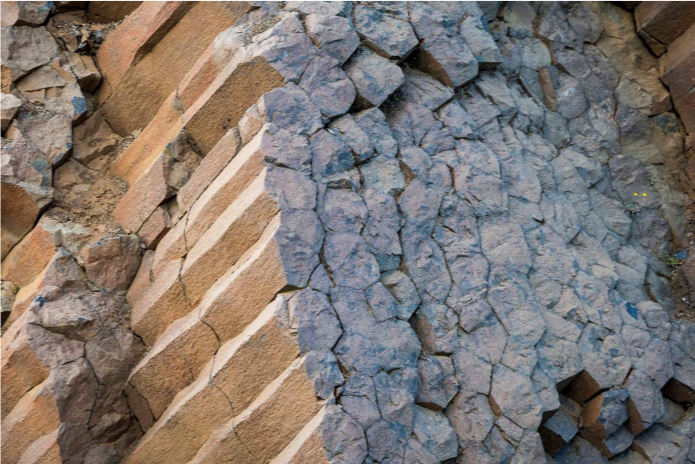
The neighbouring glacier is particularly proficient at producing massive icebergs that slowly drift out of the fjord into Scoresby Sund. By the time they reach the relatively open water they have been moulded into the most spectacular shapes.
Ø Fjord / Milne Land
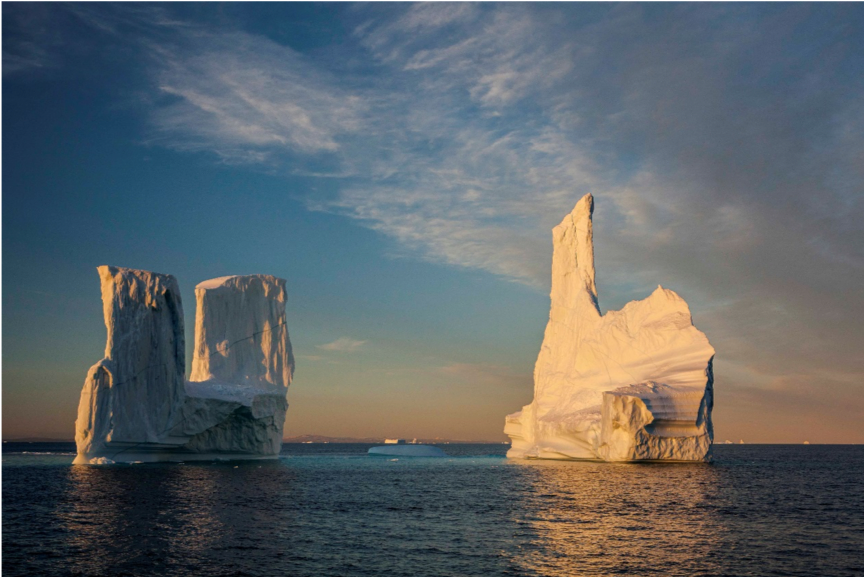 This fjord provides the ship-bound visitor a splendid opportunity to appreciate the multitude of shapes and the range of colour that icebergs can exhibit as they make their way down the channel into the main body of Scorebsy Sund.
This fjord provides the ship-bound visitor a splendid opportunity to appreciate the multitude of shapes and the range of colour that icebergs can exhibit as they make their way down the channel into the main body of Scorebsy Sund.
A series of Arctic images and reflections with thanks from Dave Wilson. Photographer. You can see more of David’s work at North Winds Photography

